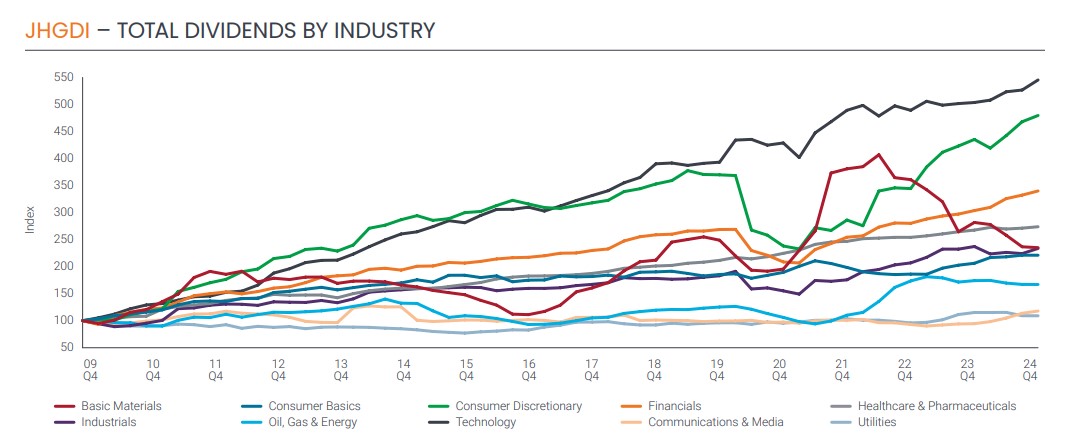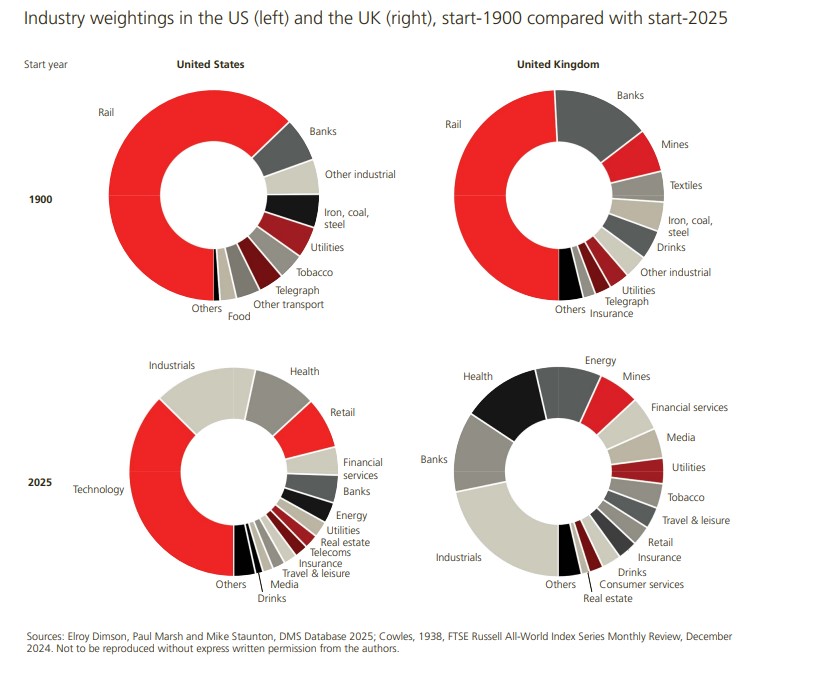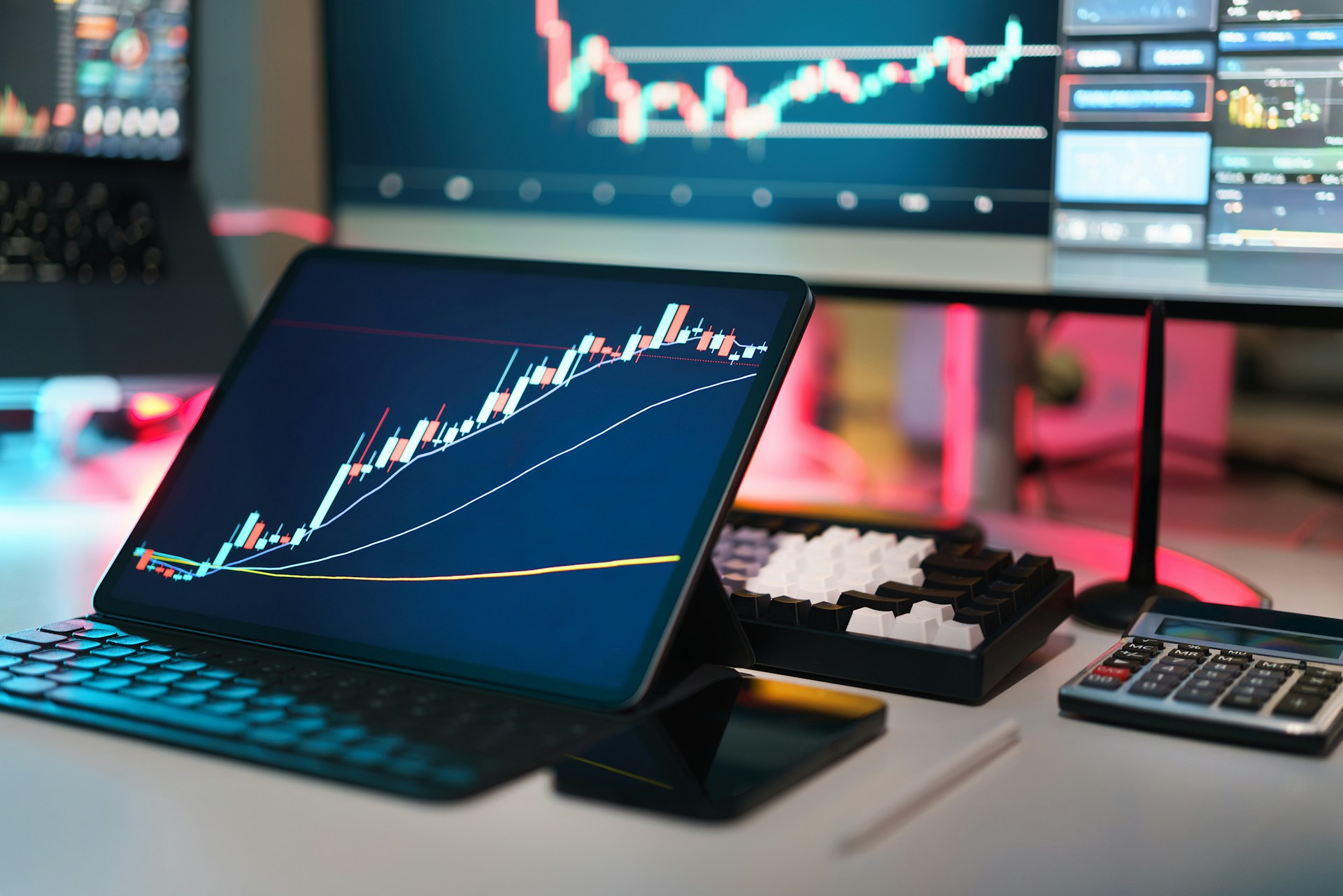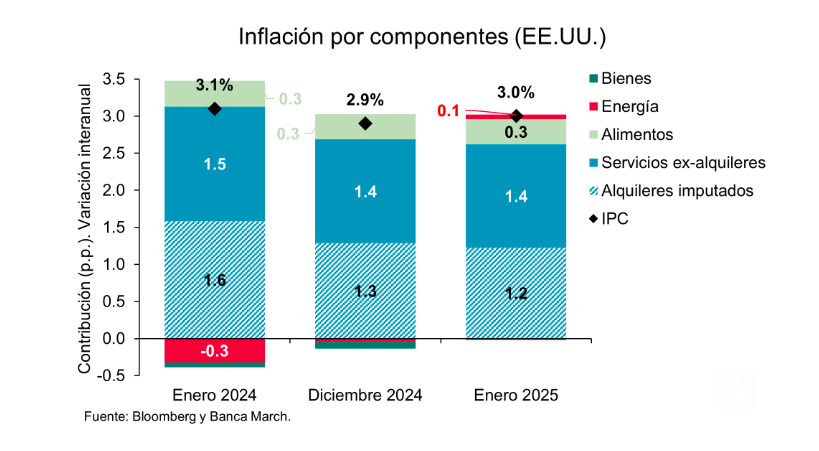The 370-Billion-Euro Question: Why Do Women Invest Less and How Can It Be Changed?
| For Amaya Uriarte | 0 Comentarios

Across Europe, women are less likely than men to participate in financial markets, leading to what experts call the gender investment gap. The numbers are striking: on average, women own 30% to 40% less in investments and private pensions than men, putting them at a long-term financial disadvantage (OECD, 2023).
While structural factors such as the gender pay gap—which stands at 12.7% in the EU (European Commission, 2024)—and career interruptions due to caregiving responsibilities contribute to this disparity, another key factor is confidence and perception. Many women feel that investing “is not for them,” often due to financial jargon, a natural aversion to risk, and a lack of female role models in finance.
However, the reality is clear: without investing, women risk greater financial insecurity and accumulate less wealth over time. Beyond personal finances, the gender investment gap is an economic issue, costing Europe an estimated €370 billion* annually in lost potential.
Why Aren’t Women Investing Enough?
Despite increasing financial independence, women across Europe are less likely to invest in stocks, funds, and pensions than men. A 2024 ING survey found that only 18% of women invest regularly, compared to 31% of men. In Germany, the disparity is even more pronounced, with only 30% of women actively investing their savings, a significantly lower rate than their male counterparts (DWS, 2024).
In the UK alone, the gender investment gap is estimated at €687 billion (Portfolio Adviser, 2024), with a similar trend across the EU. Women are more likely to hold their savings in cash, missing out on the long-term growth potential of financial markets.
One of the main reasons? Fear of risk. The European Banking Authority (EBA) reports that women are far more likely to keep their money in cash savings accounts, even as inflation erodes their value, rather than investing in diversified portfolios that offer higher growth potential (EBA, 2023).
Another factor is the representation of finance in media and culture. A 2025 study from King’s Business School in London analyzed 12 finance-related movies and 4 television series and found that 71% of male protagonists held senior executive roles, while none of the female characters did (Baeckstrom et al., 2025). More often, women were portrayed as wives or assistants rather than investors or decision-makers.
From Monopoly to the Markets
The fight for women’s financial empowerment is not new. Consider Lizzie Magie, the often-overlooked inventor whose game later became Monopoly. In 1904, she designed The Landlord’s Game to highlight wealth inequality and promote economic education. Yet, years later, Charles Darrow adapted and commercialized her idea, taking full credit and reaping financial rewards (Women’s History Museum, 2024). Her story reflects a broader issue—women’s contributions in finance are often undervalued.
The Cost of Not Investing
Women’s reluctance to invest is not just a financial literacy issue—it is a direct threat to their long-term financial security. On average, women live five years longer than men (Eurostat, 2024), meaning they need larger retirement savings. However, they are more likely to invest in “safe” but low-yield products, such as low-interest savings accounts or government bonds, rather than diversified stock portfolios that generate long-term growth.
The risk of staying on the sidelines is clear: if a woman holds €50,000 in cash for 30 years, inflation could cut its purchasing power in half. Meanwhile, a diversified stock portfolio with an average annual return of 7% could grow to €380,000 over the same period.
Breaking the Cycle: How to Close the Gender Investment Gap
To ensure that women are better represented in financial markets, we need structural changes, cultural shifts, and targeted initiatives to make investing more accessible and inclusive. The financial education plays a crucial role, with programs that simplify investment strategies and address women’s specific concerns.
The representation in media is key: currently, only 18% of financial experts quoted in the press are women, reinforcing the outdated perception that investing is a male-dominated field (Baeckstrom et al., 2025). Normalizing women as financial experts and investors can help dismantle stereotypes and encourage participation.
Additionally, more financial institutions recognize the need for tailored investment products. An example is Female Invest in Denmark, which offers investment courses and community-based support (Female Invest, 2024).
The workplace pension policies must evolve to reflect the reality that women take more career breaks than men. Sweden, for example, has introduced state-matching pension contributions to help women save more for retirement (Pensions Europe, 2024).
By addressing these systemic barriers, we can create an environment where women have both the opportunity and the confidence to invest, ensuring their financial security and independence for future generations.
If history has taught us anything, it’s that when women take control of their finances, they change the game—just as Lizzie Magie did with Monopoly.
This time, let’s make sure they receive both the credit and the financial rewards. By breaking down barriers, increasing confidence, and making investing more accessible, we can help more women build a strong and lasting financial future.
On International Women’s Day, we envision a future where every woman feels empowered to invest, grow her wealth, and take control of her financial destiny. Because when women invest in themselves, they invest in a stronger and more prosperous society for all.
Opinion Piece by Britta Borneff, Chief Marketing Officer (CMO) of the Association of the Luxembourg Fund Industry (ALFI).
Note: The European Investment Bank (EIB) estimates that the gender investment gap results in an annual economic loss of approximately €370 billion, equivalent to 2.8% of the EU’s GDP (2016). This figure highlights the severe economic consequences of gender inequalities in the financial sector.














